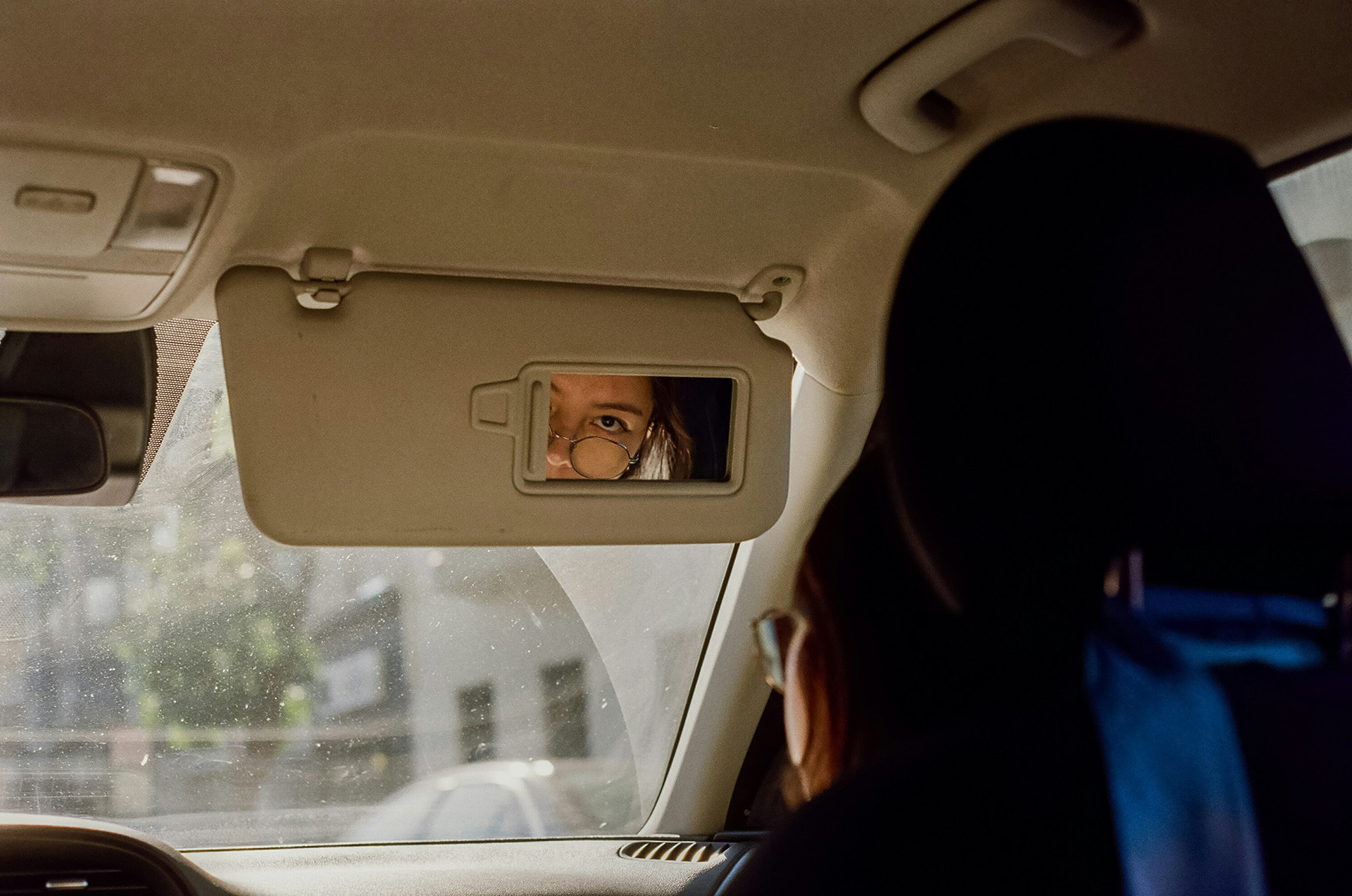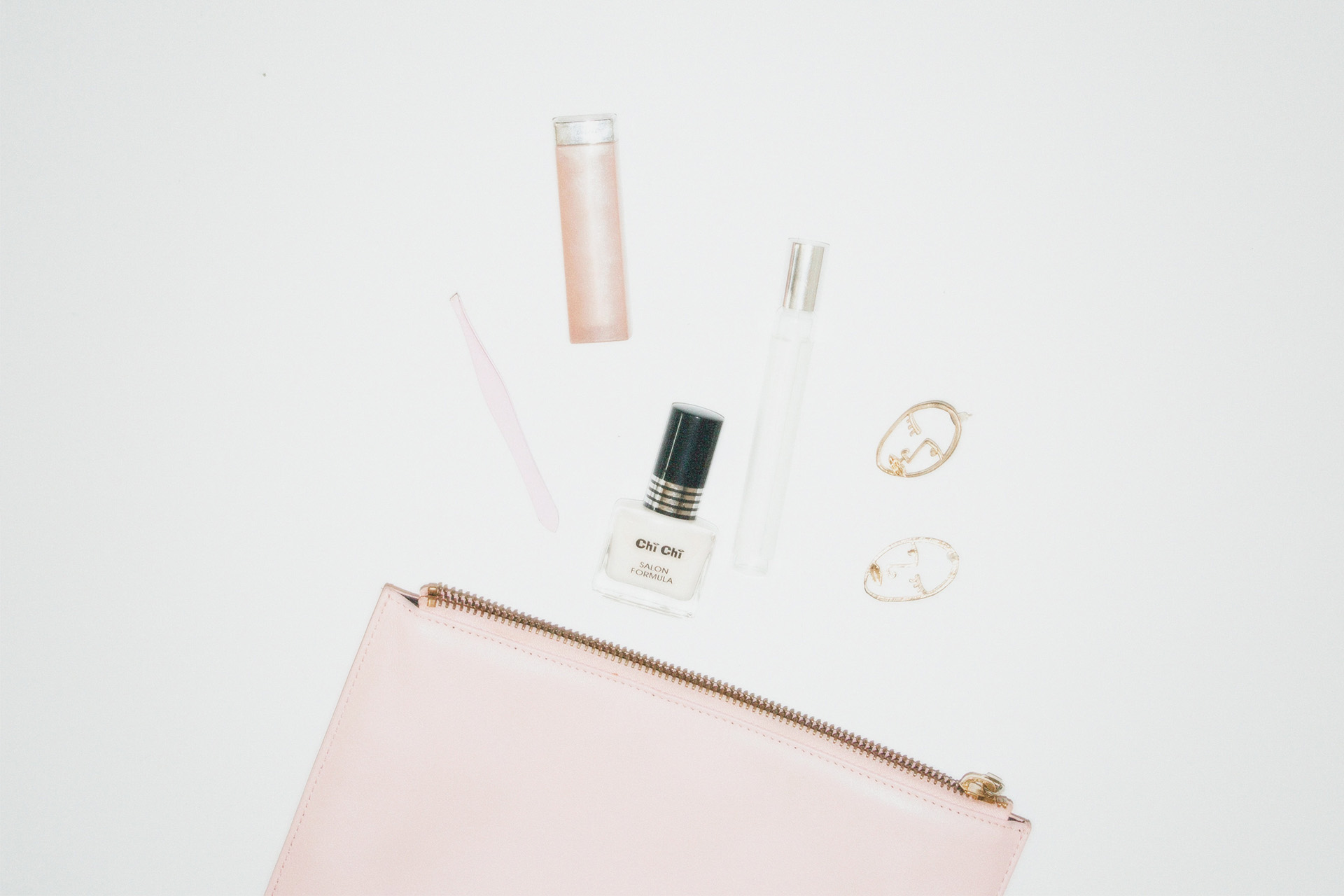Botox has become a household name in the realm of aesthetic treatments. Known for its ability to reduce the appearance of wrinkles and fine lines, Botox is a go-to solution for many seeking a youthful appearance. But what exactly is Botox, how does it work, and what should you expect if you’re considering it? As a skincare expert and medical aesthetician, I’m here to provide you with an in-depth look at everything you need to know about Botox.
What is Botox?
Botox, short for Botulinum Toxin, is a neurotoxic protein produced by the bacterium Clostridium botulinum. While it might sound intimidating, Botox is used in very small, controlled doses for medical and cosmetic purposes. It works by temporarily paralyzing muscles, which helps to reduce the appearance of dynamic wrinkles—those formed by facial expressions like frowning or squinting.
The History of Botox
Botox’s journey from a dangerous toxin to a popular cosmetic treatment is fascinating. In the early 1980s, ophthalmologist Dr. Alan Scott used it to treat strabismus (crossed eyes). Later, its wrinkle-reducing properties were discovered, leading to its approval by the FDA in 2002 for cosmetic use.
How Does Botox Work?
Botox works by blocking the signals from nerves to muscles. When injected, it prevents the targeted muscles from contracting. This relaxation of the muscles reduces the appearance of wrinkles and fine lines. The effects of Botox are temporary, typically lasting between three to six months.
The Science Behind Botox
At a cellular level, Botox inhibits the release of acetylcholine, a neurotransmitter that signals muscle contraction. By blocking this signal, Botox effectively relaxes the muscles, leading to smoother skin.
Uses of Botox
Cosmetic Uses
Botox is widely used for cosmetic purposes. Common treatment areas include:
- Forehead Lines: Horizontal lines that form when you raise your eyebrows.
- Frown Lines: Vertical lines between the eyebrows, often called “11s.”
- Crow’s Feet: Lines that form at the corners of the eyes.
- Bunny Lines: Lines that appear on the bridge of the nose when you scrunch it.
- Lip Lines: Fine lines around the mouth.
- Chin Dimples: To smooth out the appearance of the chin.
- Neck Bands: To reduce the appearance of vertical neck lines.
Medical Uses
Beyond aesthetics, Botox has several medical applications:
- Chronic Migraines: Botox is FDA-approved for preventing chronic migraines in adults.
- Hyperhidrosis: Excessive sweating, particularly in the underarms, hands, and feet.
- Muscle Spasticity: Conditions like cerebral palsy or post-stroke spasticity.
- Bladder Dysfunction: Overactive bladder and incontinence.
- Strabismus and Blepharospasm: Misalignment of the eyes and involuntary blinking.
The Botox Procedure
Consultation
Before getting Botox, you’ll have a consultation with a qualified practitioner. During this session, you’ll discuss your goals, medical history, and any concerns. The practitioner will assess your facial anatomy to determine the appropriate treatment plan.
The Injection Process
Botox injections are relatively quick and straightforward. Here’s what to expect:
- Preparation: The treatment area is cleaned, and a topical anesthetic may be applied to minimize discomfort.
- Injection: Using a fine needle, the practitioner injects small amounts of Botox into the targeted muscles. The number of injections depends on the treatment area and desired results.
- Post-Injection: You may experience mild redness, swelling, or bruising at the injection sites, which typically subsides within a few hours to days.
Aftercare
After your Botox treatment, it’s important to follow aftercare instructions to ensure optimal results and minimize side effects:
- Avoid Touching the Area: Refrain from rubbing or massaging the treated areas for at least 24 hours.
- Stay Upright: Avoid lying down for a few hours post-treatment to prevent Botox from migrating.
- Limit Physical Activity: Avoid strenuous exercise and activities that cause excessive sweating for 24 hours.
- Skip Alcohol: Refrain from consuming alcohol for at least 24 hours, as it can increase the risk of bruising.
Results and What to Expect
When Will You See Results?
Results from Botox injections are not immediate. It typically takes three to five days to start seeing the effects, with full results visible after two weeks. The treated muscles will gradually relax, leading to smoother skin.
How Long Do Results Last?
The effects of Botox usually last between three to six months. As the muscle activity gradually returns, wrinkles and lines may reappear, necessitating follow-up treatments to maintain the desired look.
Benefits of Botox
Botox offers numerous benefits, both cosmetic and medical:
- Non-Surgical: Botox is a non-invasive treatment that requires no surgery or significant downtime.
- Quick Procedure: Treatments are quick, often completed in 10-30 minutes.
- Minimal Discomfort: Most patients experience only mild discomfort during injections.
- Effective: Botox is highly effective in reducing the appearance of dynamic wrinkles and treating various medical conditions.
Potential Side Effects and Risks
While Botox is generally safe, it’s important to be aware of potential side effects and risks:
Common Side Effects
- Bruising: Mild bruising at the injection site is common and typically resolves within a few days.
- Redness and Swelling: Temporary redness and swelling may occur.
- Headache: Some patients experience mild headaches after treatment.
Rare Side Effects
- Drooping Eyelids or Brows: If Botox spreads to unintended areas, it can cause temporary drooping.
- Asymmetry: Uneven results can occur if injections are not administered evenly.
- Allergic Reactions: Rarely, patients may experience an allergic reaction to Botox.
Safety Considerations
To minimize risks, it’s crucial to choose a qualified and experienced practitioner. Ensure they are certified and have a thorough understanding of facial anatomy and the proper administration of Botox.
Who is a Good Candidate for Botox?
Ideal Candidates
Botox is suitable for most adults looking to reduce the appearance of wrinkles or seeking treatment for medical conditions like migraines or hyperhidrosis. Ideal candidates:
- Are in Good Health: Free from neuromuscular diseases and not pregnant or breastfeeding.
- Have Realistic Expectations: Understand the limitations and temporary nature of Botox.
- Are Looking to Prevent or Treat Wrinkles: Botox is effective for both preventing and treating dynamic wrinkles.
Who Should Avoid Botox?
Certain individuals should avoid Botox, including those who:
- Are Pregnant or Breastfeeding: The effects of Botox on pregnancy and breastfeeding are not well studied.
- Have Neuromuscular Disorders: Conditions like ALS, myasthenia gravis, or Lambert-Eaton syndrome.
- Are Allergic to Botulinum Toxin: Any known allergies to ingredients in Botox.
Botox Myths and Facts
Myth 1: Botox is Only for Older Adults
Fact: Botox is popular among all age groups. Many younger adults use it as a preventative measure to delay the onset of wrinkles.
Myth 2: Botox is Toxic and Dangerous
Fact: When administered by a qualified professional, Botox is safe. It has a long history of use and rigorous testing behind it.
Myth 3: Botox Will Make You Look Frozen
Fact: When done correctly, Botox provides a natural look. The goal is to soften expressions, not eliminate them entirely.
Myth 4: Botox is Only for Women
Fact: Botox is increasingly popular among men, who use it to maintain a youthful appearance and reduce the signs of aging.
Myth 5: Botox Works Immediately
Fact: Botox results take a few days to become noticeable, with full effects visible after two weeks.
Botox vs. Other Wrinkle Treatments
Dermal Fillers
While Botox relaxes muscles to reduce wrinkles, dermal fillers add volume to smooth out lines and wrinkles. Fillers are often used for static wrinkles, which are present even when the face is at rest.
Chemical Peels
Chemical peels exfoliate the skin to improve texture and tone. They can reduce the appearance of fine lines and pigmentation but do not address muscle-related wrinkles like Botox.
Laser Treatments
Laser treatments stimulate collagen production and improve skin texture. They are effective for overall skin rejuvenation but may not specifically target dynamic wrinkles.
The Future of Botox
New Applications
Research is ongoing into new applications for Botox. Potential future uses include treatments for depression, psoriasis, and other chronic conditions.
Advances in Technique
Innovations in injection techniques and formulations continue to improve the safety, efficacy, and longevity of Botox treatments.
Conclusion
Botox is a versatile and effective treatment for both cosmetic and medical purposes. Whether you’re looking to smooth out wrinkles, prevent migraines, or reduce excessive sweating, Botox offers a non-invasive solution with minimal downtime. By understanding the procedure, benefits, and potential risks, you can make an informed decision about whether Botox is right for you.
As always, consult with a qualified professional to discuss your goals and determine the best treatment plan for your needs. With the right approach, Botox can help you achieve a more youthful and refreshed appearance, enhancing your confidence and overall well-being.



